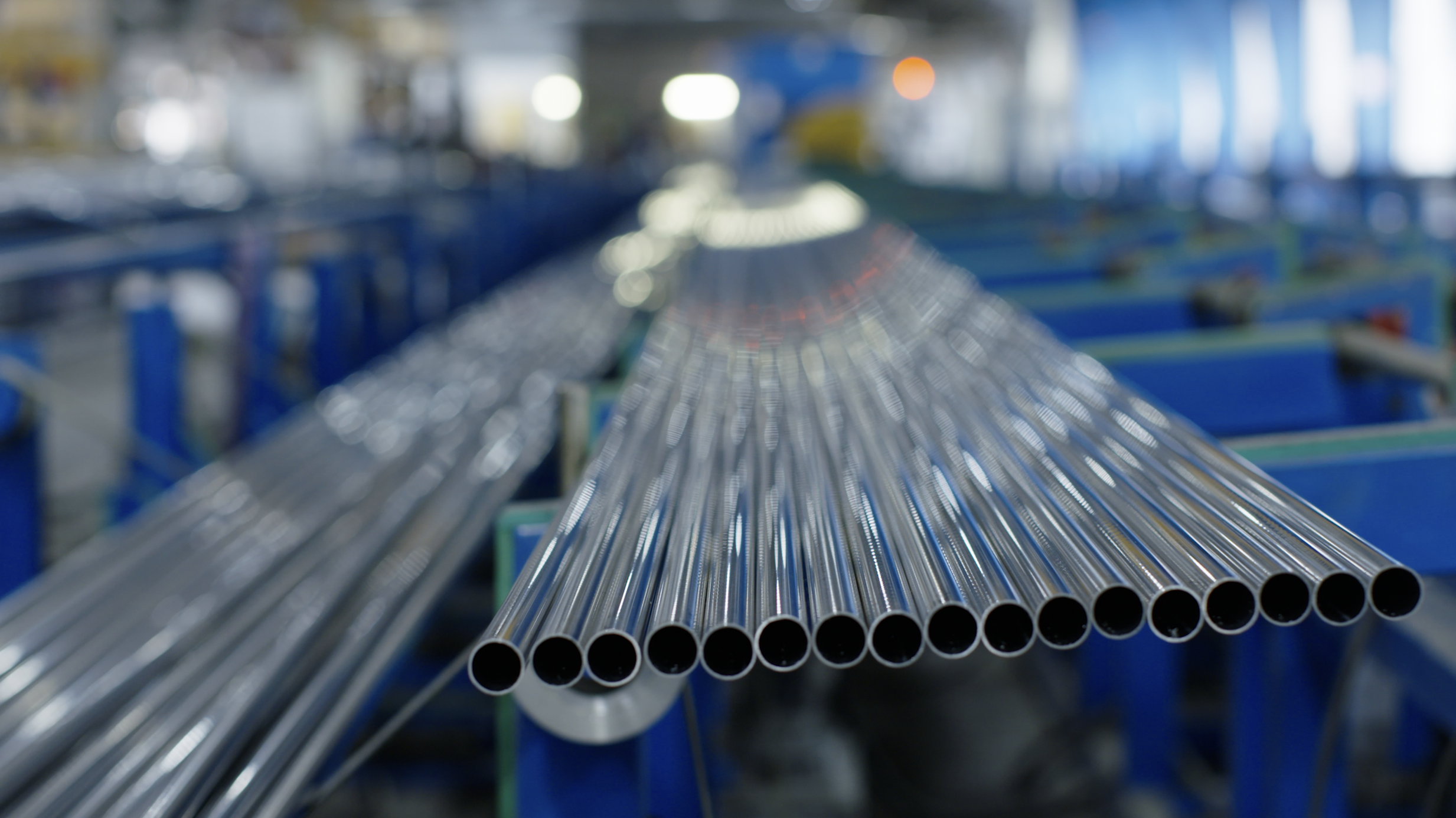Because of this pressure difference and the need to contain corrosive fluids, it’s no surprise that engineers want to specify duplex stainless steel for the plates in a PHE.

However, while most duplex grades have good formability, it is not excellent. This limits the bending radius that can be applied to sheets of steel during forming of the plates. As a result, it is not possible to form the complex patterns required for the plates.
That meant that PHE designers had to choose between designing simpler plates in high-strength duplex or using a thicker sheet of a more formable austenitic grade. Either choice reduces the efficiency of the heat exchanger.
This changed in 2013 when we launched Forta FDX 27 as the first formable duplex stainless steel. The new grade was introduced for applications like PHE, which need a combination of corrosion resistance, high strength and formability.
It achieves this formability with a phenomenon called Transformation Induced Plasticity (TRIP). This comes into play during forming, when the steel microstructure undergoes plastic deformation, enhancing its strength.

